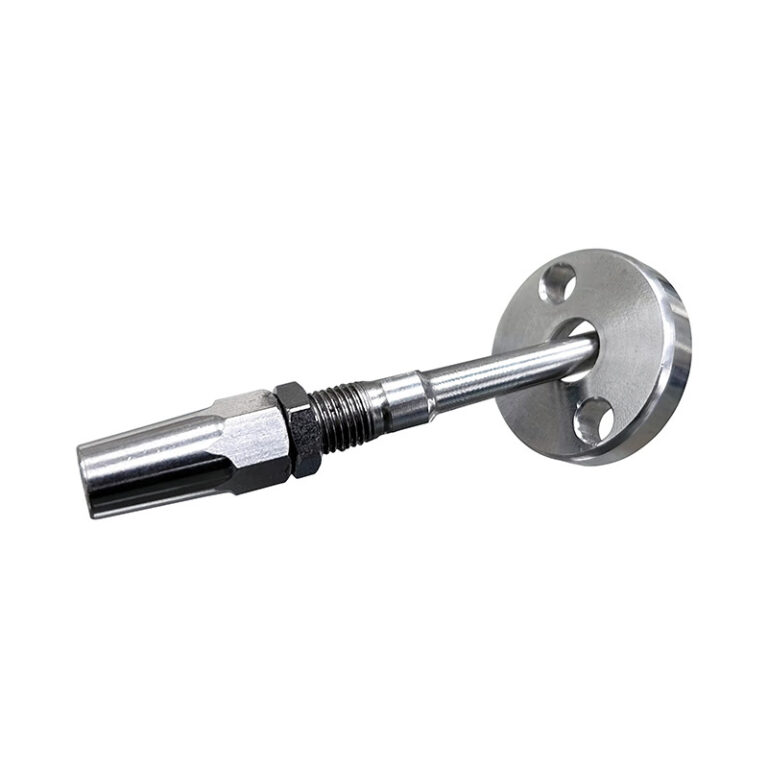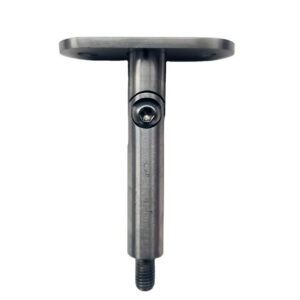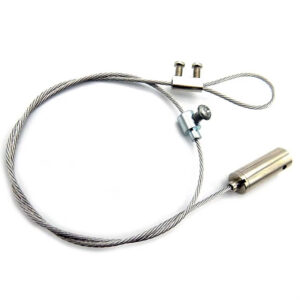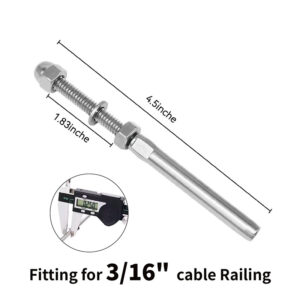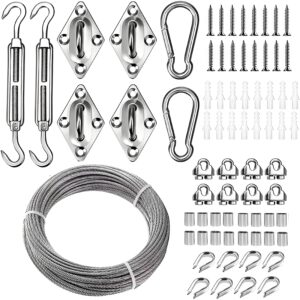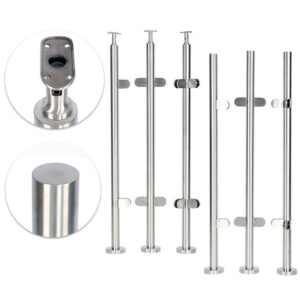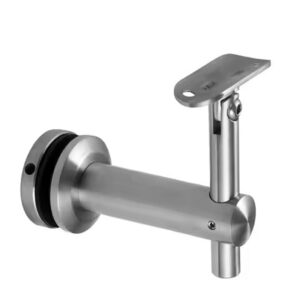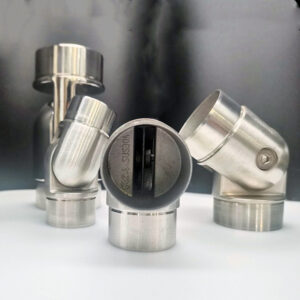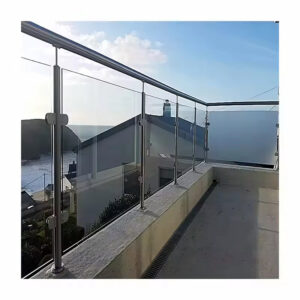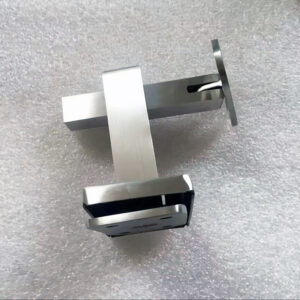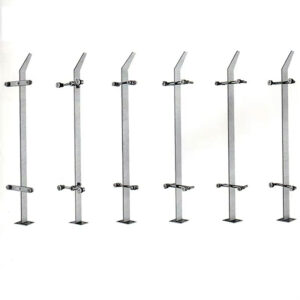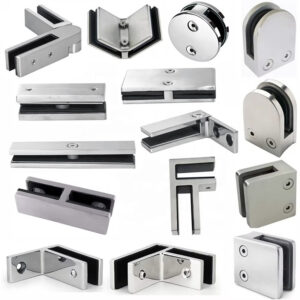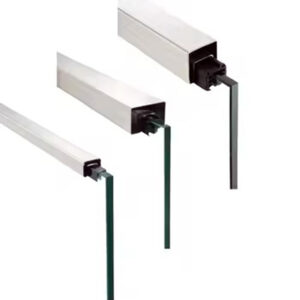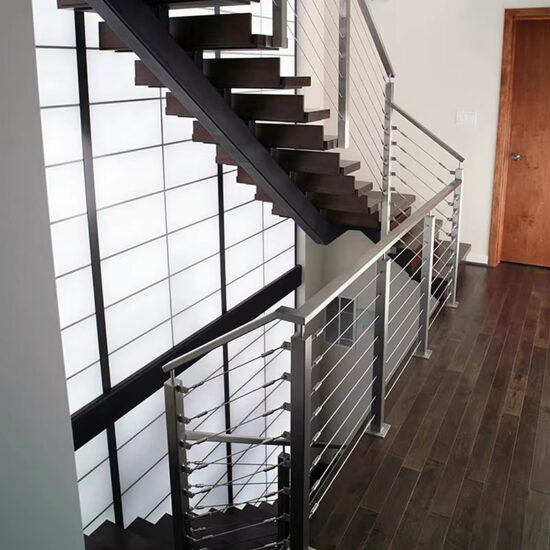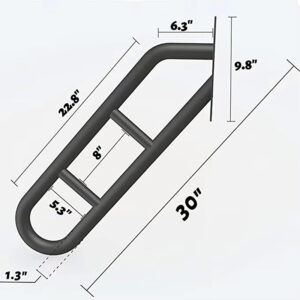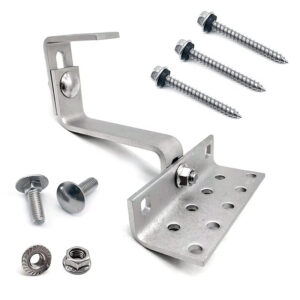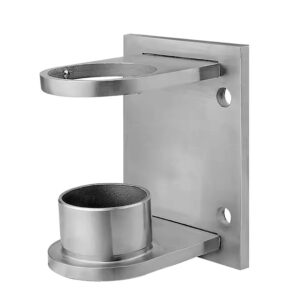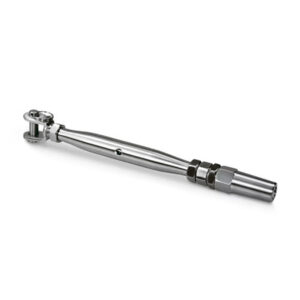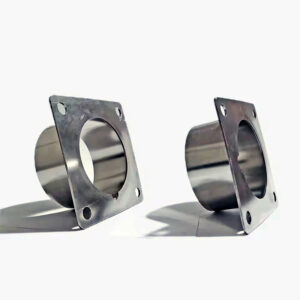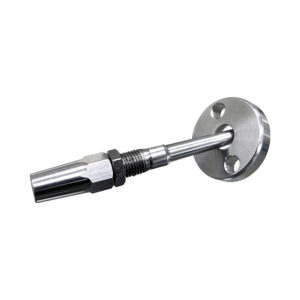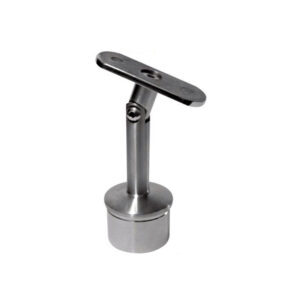Installation alignment problems cost contractors time, money, and credibility. After 23 years of manufacturing railing hardware, we’ve seen how measurement errors, building tolerances, and site conditions turn straightforward bracket installation into expensive headaches. Self-aligning brackets solve these problems by building adjustment capability directly into the hardware, reducing installation time and eliminating costly alignment rework.
How Self-Aligning Bracket Technology Works
Engineered Adjustment Mechanisms
Self-aligning brackets incorporate precision-machined adjustment points that accommodate real-world installation variables. Unlike fixed brackets requiring exact positioning, these systems allow ±15mm horizontal and vertical adjustment after initial mounting. The adjustment mechanism maintains structural integrity while compensating for building tolerances, measurement variations, and site-specific challenges.
▶ Get Technical Specifications ◀
Key Technical Advantages
Modular Adjustment System: Each bracket features multiple adjustment planes – horizontal, vertical, and angular positioning. This eliminates the common problem where one misaligned bracket forces rework of an entire railing section.
Load Distribution: Self-aligning bracket fabrication incorporates reinforced pivot points that maintain full load ratings throughout the adjustment range. Testing shows consistent performance across the entire adjustment spectrum, meeting IBC 2018 requirements for both residential and commercial applications.
Material Engineering: Available in 304 and 316L stainless steel configurations. Marine grade self-aligning ODM solutions use 316L with enhanced corrosion resistance for coastal and industrial environments. Our 23 years of experience shows 316L outperforms 304 by 3-5 years in high-salt environments.
Installation Process Simplification
Traditional brackets require field measurement accuracy within 2-3mm. Self-aligning systems work with standard construction tolerances up to 15mm, cutting layout time by 60%. Contractors report typical installation time reductions of 35-40% on multi-section projects.
Technical Specifications and Performance Data
| Specification | Standard Range | Heavy-Duty Range | Marine Grade |
|---|---|---|---|
| Adjustment Range | ±15mm H/V | ±20mm H/V | ±15mm H/V |
| Load Capacity | 200kg/linear meter | 350kg/linear meter | 200kg/linear meter |
| Material Grade | 304 Stainless | 316L Stainless | 316L Enhanced |
| Temperature Range | -40°C to +80°C | -40°C to +80°C | -40°C to +80°C |
| Installation Time | 12 min/bracket | 15 min/bracket | 12 min/bracket |
Adjustment Mechanism Durability
| Test Parameter | Performance Standard | Self-Aligning Result |
|---|---|---|
| Cycle Testing | 50,000 adjustments | No structural degradation |
| Load Retention | 100% at max adjustment | 100% maintained |
| Corrosion Resistance | 1000-hour salt spray | No performance loss |
| Temperature Cycling | -40°C to +80°C | Full adjustment range maintained |
Commercial Self-Aligning Systems Applications
Residential Multi-Unit Projects
Problem Solved: Building settlement and construction tolerances make fixed bracket systems problematic in residential developments. Self-aligning brackets accommodate these variables without compromising safety or aesthetics.
Project Example: 240-unit residential complex in coastal California. Traditional brackets would have required extensive field modification due to concrete pour variations. Commercial self-aligning systems reduced installation time by 8 days across the project, saving $15,000 in labor costs while meeting California seismic and wind load requirements.
Commercial and Office Buildings
High-Traffic Performance: Office buildings require ADA-compliant handrails that maintain alignment under continuous use. Self-aligning brackets distribute stress across adjustment points, reducing wear concentration that causes traditional brackets to loosen over time.
Maintenance Reduction: Building managers report 70% fewer adjustment service calls with self-aligning systems compared to fixed brackets. The built-in adjustment capability handles minor building movement without requiring professional service.
Industrial and Manufacturing Facilities
Heavy-Duty Applications: Manufacturing environments subject railing systems to vibration, thermal cycling, and occasional impact loads. Precision self-aligning hardware maintains alignment under these conditions while allowing periodic adjustment without dismantling entire sections.
“Self-aligning bracket systems cut our railing installation time by 40% while eliminating warranty callbacks for alignment issues.” —National Association of Specialty Contractors
Marine and Coastal Installations
Marine grade self-aligning ODM solutions address the unique challenges of saltwater environments. Custom self-aligning manufacturing incorporates enhanced sealing and corrosion-resistant treatments that extend service life beyond standard marine hardware.
Coastal Project Performance: Harbor facility installation using 316L self-aligning brackets shows no corrosion or adjustment mechanism degradation after 5 years of direct saltwater exposure. Comparable fixed brackets required replacement of 15% of units due to corrosion-related loosening.
▶ Discuss Your Project Requirements ◀
Installation Benefits and Technical Support
Streamlined Installation Process
Reduced Measurement Precision: Self-aligning brackets work with standard construction layout tolerances. This eliminates the time-consuming precision measurement and marking required for fixed bracket systems.
Tool Requirements: Standard installation uses common tools – no specialized alignment equipment needed. The adjustment mechanism operates with standard Allen keys and provides clear visual indicators for proper positioning.
Quality Control: Each bracket includes built-in reference points for code-compliant installation verification. Inspectors can verify proper load distribution and adjustment range without specialized equipment.
Manufacturing and Supply Chain Support
Our 23 years of manufacturing experience enables custom self-aligning manufacturing for unique project requirements. Standard lead times run 3-4 weeks, with expedited production available for critical timeline projects.
Technical Engineering: Esang Metal provides installation drawings, load calculations, and code compliance documentation for permit submission. Our engineering team reviews project specifications to recommend optimal bracket configurations.
Inventory Support: Distributors benefit from reduced SKU requirements – one self-aligning bracket type handles applications that previously required 3-4 different fixed bracket models.
▶ Connect with Engineering Support ◀
Frequently Asked Questions
Q: How do self-aligning brackets compare cost-wise to traditional fixed brackets?
A: Initial cost runs 15-20% higher, but installation labor savings typically recover this difference on projects with 20+ brackets. Long-term maintenance cost reductions provide additional value.
Q: What’s the maximum load rating throughout the adjustment range?
A: Full rated load applies across the entire ±15mm adjustment range. The adjustment mechanism doesn’t reduce structural capacity when properly installed.
Q: Do self-aligning brackets meet commercial building codes?
A: Yes – designed and tested to IBC 2018, ADA, and OSHA requirements. Load testing documentation available for permit submission and inspection requirements.
Q: Can existing railing systems retrofit with self-aligning brackets?
A: Many installations can retrofit, depending on existing anchor points and spacing. Our technical team evaluates retrofit feasibility based on project photos and measurements.
Q: What maintenance do the adjustment mechanisms require?
A: Annual inspection and periodic lubrication of adjustment points. Marine environments may require 6-month inspection intervals. No routine adjustment needed under normal building movement.
Q: How do environmental conditions affect adjustment mechanism performance?
A: Temperature cycling and moisture exposure don’t impair adjustment function. Adjustment mechanisms include protective sealing and corrosion-resistant treatments based on application environment.
System Selection and Project Planning
Self-aligning brackets solve real installation problems while maintaining structural performance and code compliance. The adjustment capability eliminates expensive alignment rework and reduces long-term maintenance requirements. For projects where installation precision, timeline efficiency, or ongoing performance matter, self-aligning technology provides measurable value beyond the initial cost premium.
▶ Get Project-Specific Recommendations ◀
Our 23 years of manufacturing experience and technical support ensure successful implementation from design through installation. We provide the engineering documentation, installation guidance, and ongoing support that make self-aligning bracket systems work in real-world applications.
